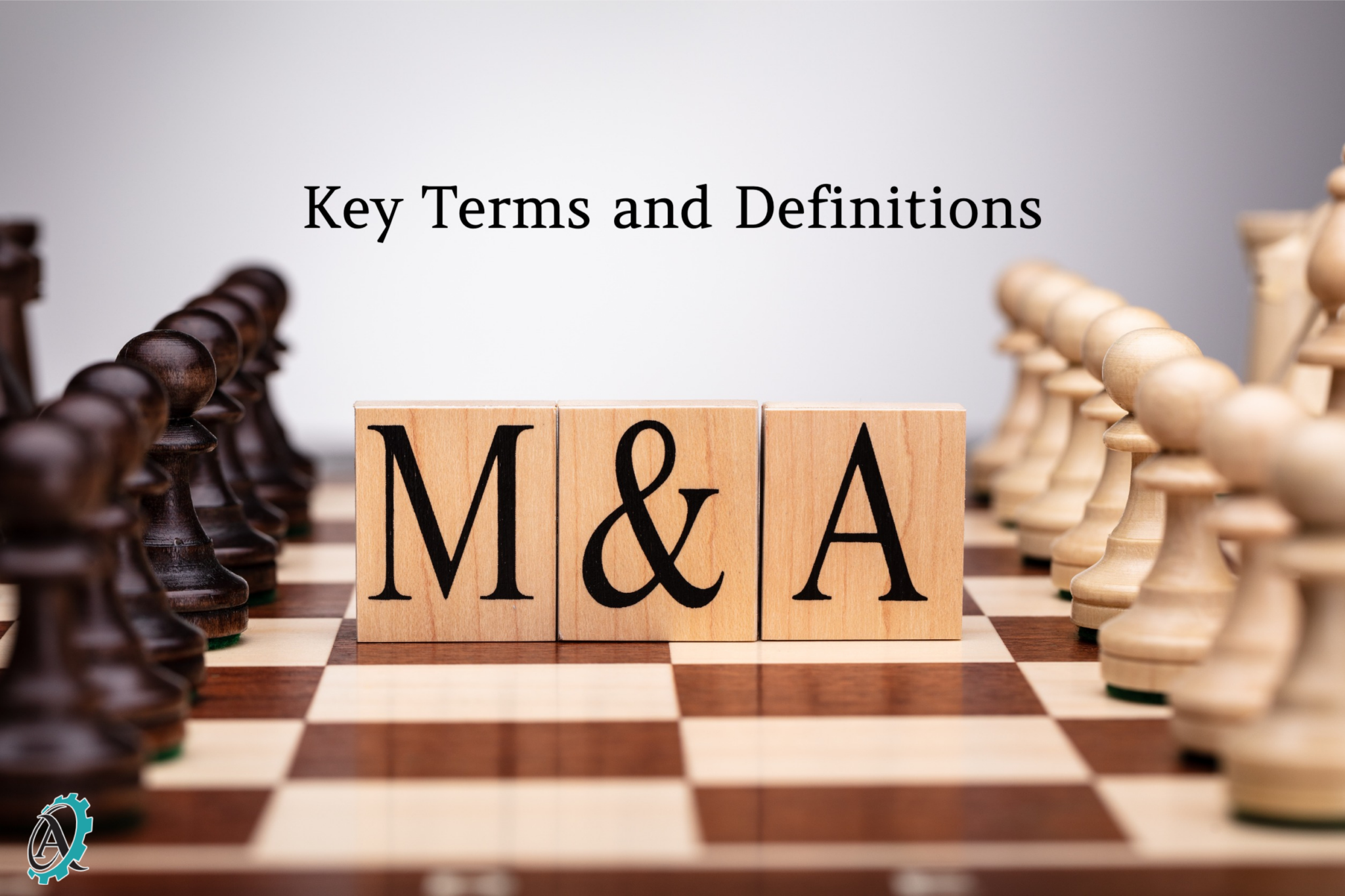
In the world of Mergers and Acquisitions (M&A), especially within the lower middle market, various terms have specific meanings that are essential for understanding the transaction process. This guide provides definitions for some of the major terms used in lower middle market M&A.
1. M&A (Mergers and Acquisitions)
Mergers and Acquisitions refer to the consolidation of companies or assets. A merger involves combining two companies into a single entity, while an acquisition occurs when one company buys another, either in part or in full.
2. Lower Middle Market
The lower middle market typically encompasses companies with annual revenue between $5 million and $50 million. These businesses are larger than small businesses but smaller than mid-sized or large enterprises.
3. Due Diligence
Due diligence is the comprehensive assessment of a company’s financials, operations, legal compliance, and other key factors to determine its value and identify any risks or issues before completing an M&A transaction.
4. Valuation
Valuation is the process of determining the worth of a business. Various methods are used, including discounted cash flow, earnings multiples, and asset-based valuation.
5. Purchase Price
The purchase price is the total amount paid to acquire a business. It may consist of cash, stock, or other forms of consideration.
6. Letter of Intent (LOI)
An LOI is a non-binding document outlining the preliminary terms of an M&A transaction. It typically includes the proposed purchase price, structure of the deal, and other key elements. Although non-binding, it indicates the parties’ intent to proceed with the transaction.
7. Term Sheet
A term sheet is similar to an LOI but generally provides more detailed information on the terms and conditions of a transaction. It serves as a blueprint for drafting the final agreement.
8. Asset Purchase Agreement
An Asset Purchase Agreement is a contract outlining the sale of specific assets from one company to another. It defines the assets being sold, the purchase price, and any liabilities being assumed.
9. Stock Purchase Agreement
A Stock Purchase Agreement is a contract detailing the sale of shares from one party to another. It specifies the number of shares being sold, the purchase price, and the rights and responsibilities of the buyer and seller.
10. Earnout
An earnout is a payment structure where the seller receives additional compensation based on the business’s performance after the transaction. It is often used to bridge valuation gaps or align incentives.
11. Closing
Closing is the final step in an M&A transaction, where all documents are signed, payments are made, and ownership is officially transferred.
12. Working Capital Adjustment
A working capital adjustment is a post-closing adjustment to the purchase price, reflecting changes in the company’s working capital between the signing and closing of the transaction.
13. Indemnification
Indemnification involves the seller’s obligation to compensate the buyer for losses or damages resulting from breaches of representations, warranties, or covenants made in the M&A agreement.
14. Non-Compete Agreement
A non-compete agreement restricts the seller from engaging in similar business activities for a specified period and within a defined geographical area after the transaction.
15. Escrow
An escrow is a third-party account where a portion of the purchase price is held for a specified period. It is used to address any claims or disputes that may arise post-closing.
16. Representations and Warranties
Representations and warranties are statements made by the seller regarding the company’s condition, legality, financials, and other aspects. They form the basis for indemnification claims if proven inaccurate.
17. Integration
Integration refers to the process of combining the operations and systems of the acquired business with those of the acquiring company after the transaction is complete.
These terms represent some of the foundational concepts in lower middle market M&A. Understanding them is crucial for anyone involved in or considering participation in M&A transactions within this market segment.
